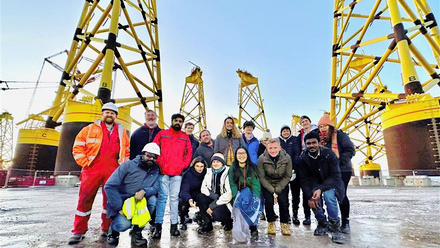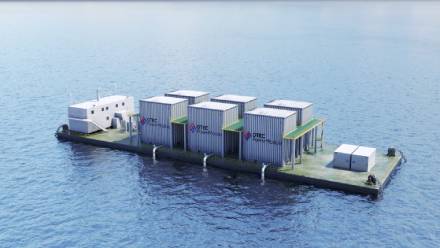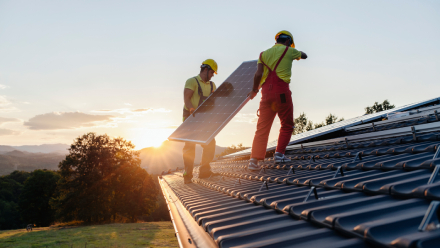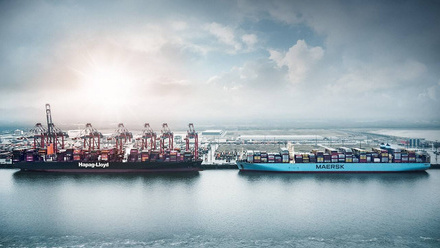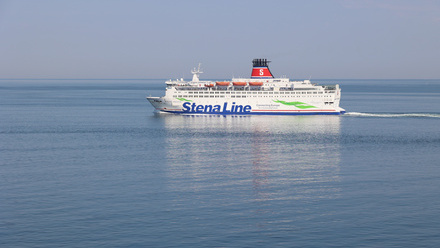The smart shipping technologies aiming to reduce emissions
In the UK, smart shipping research and development recently got a boost thanks to the Smart Shipping Acceleration Fund from the UK Shipping Office for Reducing Emissions (UK SHORE) programme. Announced in April, this new £8 million round of funding kickstarted feasibility studies to develop smart shipping technologies. The deadline for entries closed in June.
“Using AI and cutting-edge technology to make boats smarter and transform port operations is part of our plan to decarbonise shipping, enhance safety for our seafarers and help grow the economy,” Maritime Minister Lord Davies said in a press release.
“The Smart Shipping Acceleration Fund forms part of a grouping of programs funded by the [UK] government, [and] is really encouraging,” says Dr Jonathan Williams (FIMechE, FIMarEST), founder and CEO of MSE International.
In 2021, MSE International, alongside London Economics and NLA International, published a report on the UK maritime technology sector. They identified six smart shipping technologies in which UK capabilities can be leveraged to achieve substantial and long-lasting benefits from technology and business leadership. Those areas include manufacturing and deploying smaller autonomous vessels, developing smart sensors and sensor integration, and command and control systems.
She’s electric
A key area of smart shipping centres on all-electric, autonomous shipping. “Smart shipping is most likely to be deployed initially on relatively short domestic routes - those short kinds of routes are well suited to all-electric propulsion,” identifies Dr Williams.
This dovetails with reliability. “You don't have, by definition, engineers on board who can sort out problems when they arise, so you need not only really good reliability, but really good condition monitoring of your vessels,” Dr Williams explains. “We see that this synergy of all-electric, zero-emission and smart shipping is a very interesting domain, which is likely to develop very rapidly.”
Another area of research and development that the fund could support relates to situational awareness technologies. “[This is] in terms of navigation, but also in terms of awareness of what's going on with the vessel itself and the status of the critical systems on the vessel,” says Dr Williams.
“Both of those will need significant advances in sensing. For example, sensor fusion to give you much better navigational awareness under varying conditions, including fog, where you can integrate inputs from multiple sensors. Similarly, for condition monitoring, we're likely to see a proliferation of onboard sensor networks to capture very high-resolution data from all the critical components on the vessel.”
Powering up
The vast amount of data sensor networks could capture will invariably need to be processed with computing power. “This is going to need a significant advance in AI to process this data and to make it amenable to communication,” states Dr Williams.
Smart port infrastructure is further critical piece of the smart shipping infrastructure. As with vessels themselves, ports could benefit from innovations in AI and sensor technology to detect safety hazards and optimise port activities. Shipyards seeking to optimise and digitise operations were also eligible to apply for the funding.
“There are a lot of positives around where we are today, particularly with the commitment of government through UK SHORE,” says Dr Williams. In the future, he would like to see longer-term innovation programs. “The timescale for [the Smart Shipping Acceleration Fund was] so short, it’s very difficult to innovate with such short time horizons.
“We need longer-term innovation programs to get the scale of the innovative technology developments that we need.”
Image: autonomous vessel Halcyon, an example of smart shipping; credit: Shutterstock.
Tell us what you think about this article by joining the discussion on IMarEST Connect.

